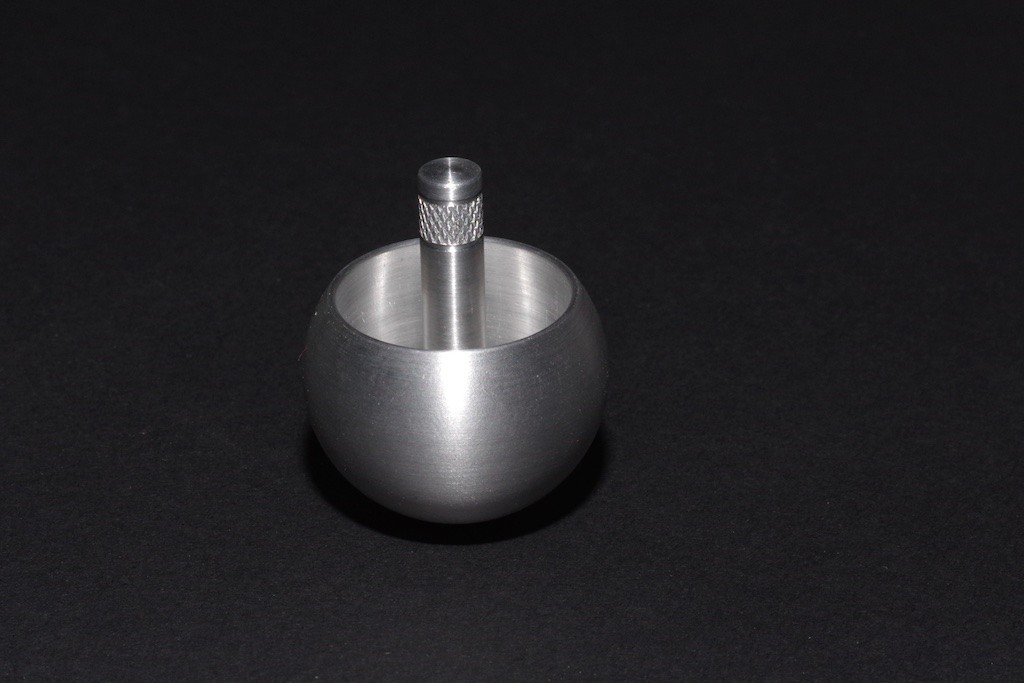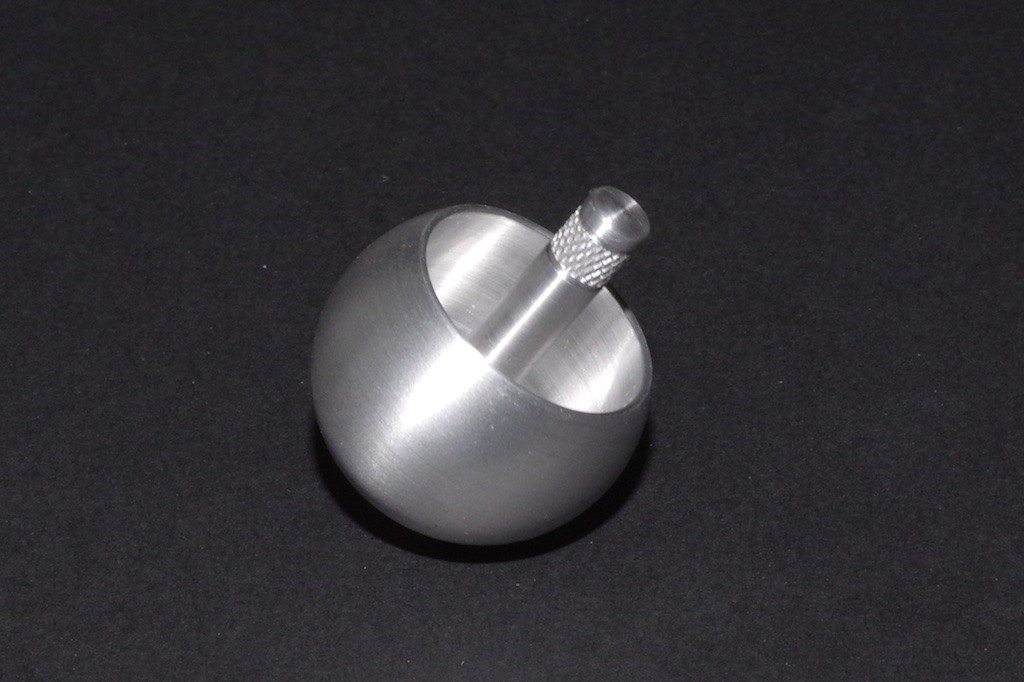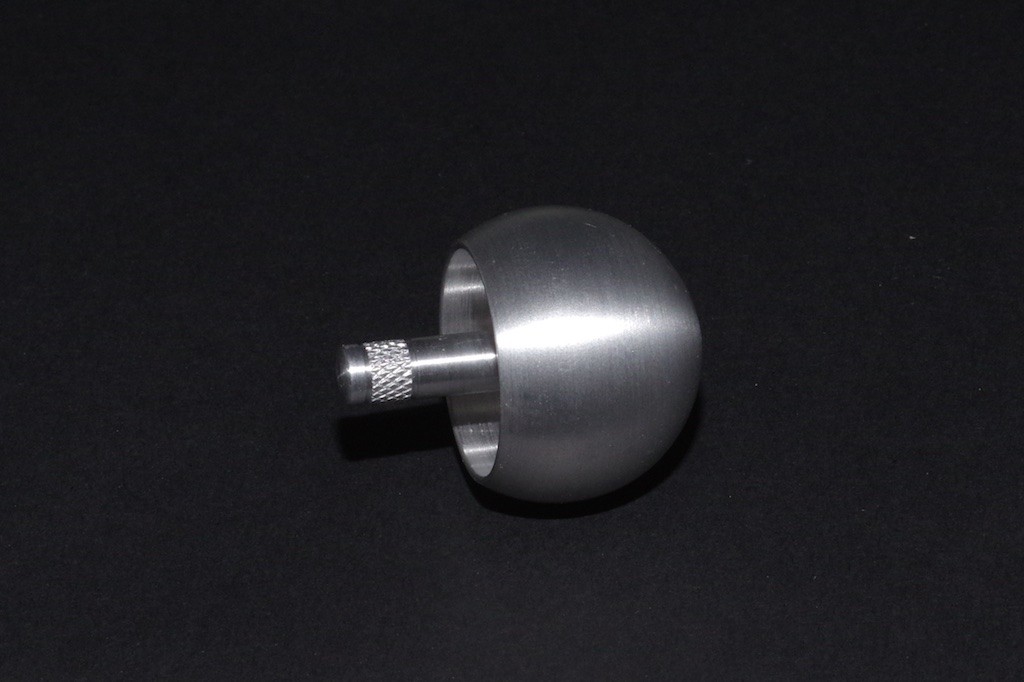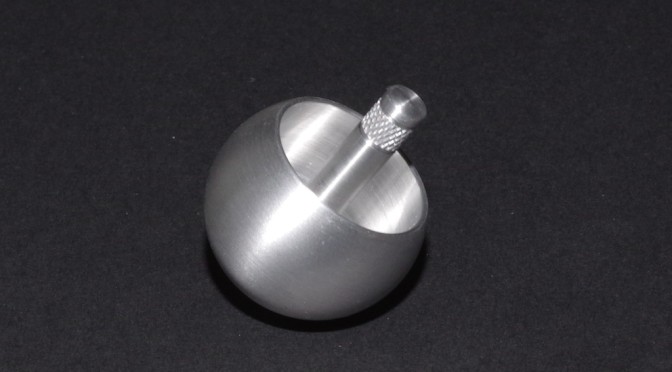Science has always been a bit of a mystery.
My Christmas present from Ruth’s parents (Tom and Dot) came with strings attached. Well, not real strings like a puppet but conditions. I was required to understand how it worked and write up an explanation. I suspect this was in response to my stupid questions over the years. As a physicist I suspected Dot could explain the mysteries of the universe for me. I started the Ask Dot routine many years ago with “Why doesn’t the electricity fall out of the holes when you take a plug out” (frankly, I am not sure about her response and this still worries me). She quickly accepted that her eldest daughter had married an idiot and has since tackled many such questions.
Anyway, back to the gift. It is called an Impossible Balancer and was featured in the BBC programme QI in January last year. If you are going to click on the link and watch the clip I will be very offended if you don’t come back. I can wait.

It probably hasn’t escaped your notice that it is almost five months since Christmas and I haven’t responded yet. In my defence, we were away for the holiday so didn’t get the present until January but I accept that my homework is long overdue. I delayed until I could devote enough time to this to understand the science involved. I know it will come as a shock but I am not a proper scientist, unless mixing cocktails counts. When I was eight I had a book called something like 100 Amazing Facts. I figured this was enough to see me through and further study was probably over doing it.
I don’t even have an ology
My only proper excuse for my lack of knowledge is the school timetable from forty years ago. Both Physics and Chemistry were scheduled straight after PE. The science labs were on the third floor of the building. By the time I had slogged round a cross country course or flopped over like a beached Olga Korbett for an hour I was good for nothing, never mind hauling a huge holdall (so called because it had to hold all the contents of WH Smiths as well as smelly trainers) up to the top floor and actively participate in a class. As a result, unless it involved actually setting fire to stuff, my interest tended to wander. I scraped a C at Physics O level (probably the equivalent to a degree these days) but Chemistry was unceremoniously dropped as soon as I got the chance.
During the intervening forty years I have often thought that I should plug the gaps in my knowledge. However, a bit like cleaning the oven, I acknowledge that other people do it, it would improve my quality of life but somehow never comes to the top of my list of fun things to do next.
So, given the obvious lack of scientific background to work it out for myself, the obvious thing is RTFM. My IT background and gender obviously prevents me from reading instruction manuals of any kind. However, this one is just one, quite small piece of paper. How hard could it be? The answer would appear to be quite a bit. The next step, as with any problem was Google. I was quickly immersed in research papers from various universities. To give you an idea what I was up against, here is an extract from Motion of the Tippe Top Gyroscopic Balance Condition and Stability
Takahiro UEDA∗, Ken SASAKI† and Shinsuke WATANABE.
Figure 1:
A loaded sphere (eccentric) version of the tippe top. The center of mass
O is off center (S) by distance a. The tippe top spins on a horizontal table with
point of contact P. Its axis of symmetry, Oz, and the vertical axis, OZ, define a
plane Π, which precesses about OZ with angular velocity Ω(t) = (0, 0, Ω). OXYZ is
a rotating frame of reference with OX horizontal in the plane Π. The height of O
above the table is h(θ) = R−acosθ, where R is the radius. The position vector of
P from O is XP = (XP,0,ZP), where XP = dh and ZP = −h(θ).
This is a 51 page document and, to be honest, I’m not sure they understand it either. So, on the grounds that I won’t get away with putting it down to magic (I’ve tried that in the past and it doesn’t work, especially in A level Economics exams), here is my idiot’s guide.
The scientific bit!
As the explanation in the box says, the most important feature is that the centre of mass does not sit in the geometric centre of the top. In other words, when you spin the top it gets a bit of a wobble on (just like me!).

Rather than spinning on a single spot, the top will slide in a circle, usually falling off the kitchen worktop. However, with practice, this can be controlled. The point where the top spins creates friction with the surface, creating a twisting force that we scientists call torque (as opposed to speaking which we call talk). Now the clever bit. Because the centre isn’t the centre (see above and try to keep up), the side of the top will be pulled down and it will spin on its side. The pointy bit is no longer rotating about its axis but spinning sideways.

As the pointy bit slows down (friction) it will touch the work surface, exerting more friction which in turn increases the torque. This is enough to lift the top and flip it onto the pointy bit. Inertia means that the top still wants to spin but, as it is now upside down (on the pointy bit) it will spin in the opposite direction.

I could have spun this out to 51 pages but I am not a proper scientist.
I am visiting Tom and Dot tomorrow so need a good question to ask. I think a glass of wine will be needed to come up with a good one. After all, it’s science innit.

